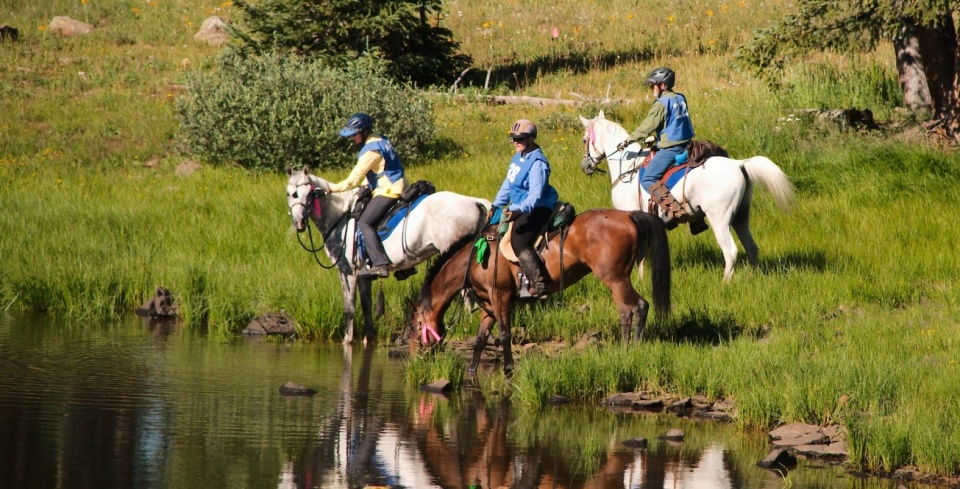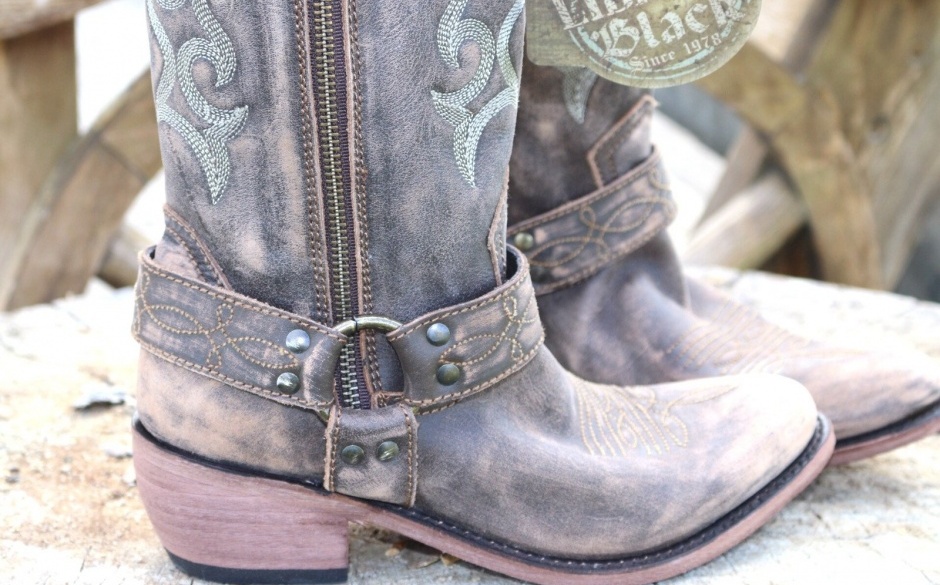
By Bev Roberts
Strategy in CTR? You bet! With a few more strategy tips, we wrap up this series on the art of devising a means to an end with a favorable outcome.
Critical Strategy – Don’t get lost. Doing so blows your ride plan, costs precious minutes, often requires riding fast through areas you wouldn’t normally trot through, causes you anxiety, puts extra stress on your horse and introduces risk of injuring your horse in your haste, especially if you have many miles to make up. What strategy to use?
- Keep an eye on the trail marking ribbons! If you don’t see one when you expect, go back to the last one you saw and stop. Evaluate. Is there a ribbon off in another direction? Which way do the hoof prints go? Did the trail split? Then decide. Sometimes others who know the trail will catch up with you while you are pondering your predicament and can point you in the correct direction.
- Don’t blindly follow others. Always make sure you see the trail markings and directional signs yourself, even if riding in a group.
- Know where you are on the trail map. If you expect to go in one direction but are heading just the opposite, don’t assume everything will turn out OK. If a little alarm is going off in your head, you’d better stop and consult that map.

Electrolytes and Grazing. There are two ways to replenish electrolytes – forced via an electrolyte paste tube or voluntary via hand feeding granules or via grazing. You can do one, none, or some combination of each.
If doing the forced method, give electrolytes after your horse has watered. Kathleen Crandell, Ph.D., a longtime nutritionist for Kentucky Equine Research, has said, “If electrolytes are given without water to a dehydrated horse, further dehydration will occur, causing significant fluid-balance problems, including the possibility of salt toxicity.”
Unless you are competing in the desert, you can find nice patches of grass, wild oats and other goodies at spots along the trail and let your horse grab a few bites. Not only does grass contain electrolytes but it also is source of moisture, nutrition and fiber. It is handy to do this when your horse is walking, without even stopping. In tall grass, many horses can grab bites at a trot!
Water. It takes a few rides for your horse to learn to drink whenever s/he is thirsty. Riders know that sometimes horses will not drink, or not drink their fill, if other horses take off. It is a common courtesy for others to ask if you’d like them to wait for you and vice versa.
Sometimes your horse is thirsty but just not drinking. Often you can dismount and start wetting your horse’s legs. Once s/he realizes that you are taking a break, s/he may start drinking.

Back in Camp. When you are finished riding, you are not finished competing. Now that your horse has hauled you over hill and dale, it is time to get her/him refreshed and rested. If it is the final ride day, you will have to prepare your hose quickly for the final vet out exam. Strategies to include:
- dismount and loosen the cinch when timed in
- at your trailer, let your horse drink from whichever bucket s/he chooses – the regular one or the additional one you left out with electrolyte water
- have hay already there for munching
- before untacking, mix up your beet pulp feed mash and let it soak for a least 15 minutes
- after untacking, bathe your horse with water (in hot weather), and brush
- feed the mash to replenish fluids, nutrition and fiber
- keep the lower legs wet to help reduce any inflammation. You can use water, ice water or ice packs (left on for 20 minutes [the point of diminishing return]). Devices that recirculate ice water are banned.
- finish grooming and let your horse be while you take care of yourself
- later on, take your horse for a walk to let her/him work out any stiffness, stretch, graze and roll
- if preparing for the final vet exam, make sure “Old Dobbin’s” back is dry. A wet back can give a false indication of soreness.

Closing. You may find some of the strategies in this series useful and add them to those you’ve devised yourself. Your goal should be for them become habitual best practices so you become unconsciously competent.
If you are new to this sport, all this strategy talk can be overwhelming. Fear not. Everyone you meet has been there, done that, and is willing to share what they’ve learned. Have fun, do your best, laugh and learn from your mistakes. Learn from the judges’ comments on your scorecards. Judges are there to educate as well as evaluate. You can ease into competitive trail riding by volunteering. Learn from behind the scenes and then bring your horse and try us. NATRC now has its Leisure Division for just that purpose.

This article is part VI of VIII parts. You can view previous parts of this series by following the links below:


